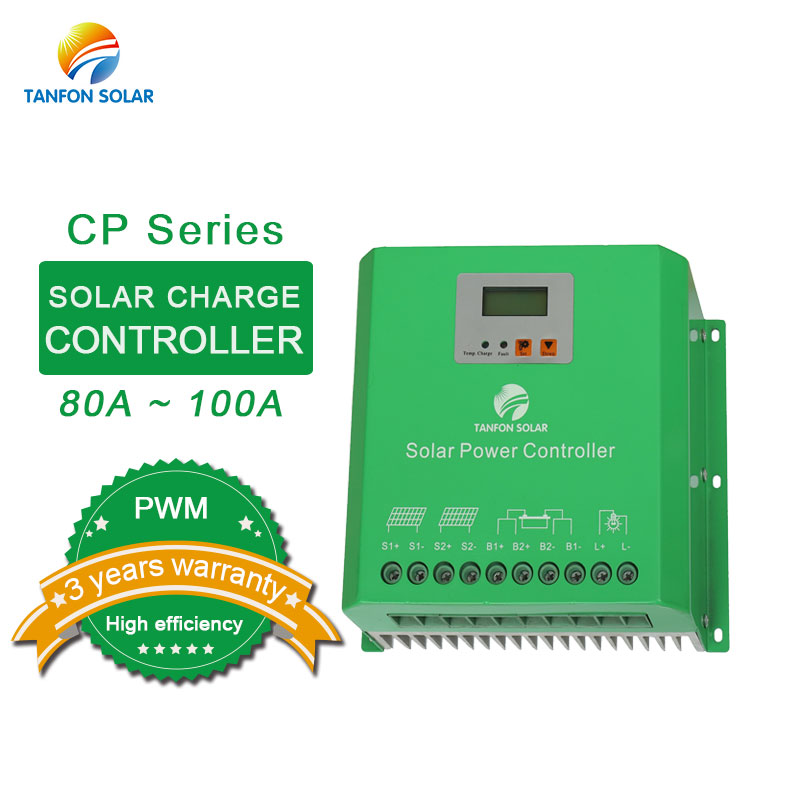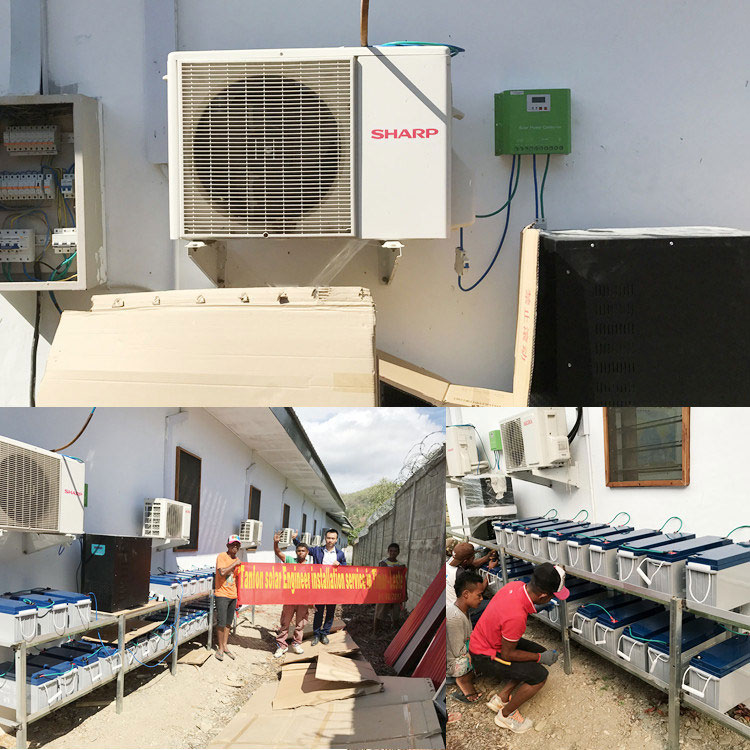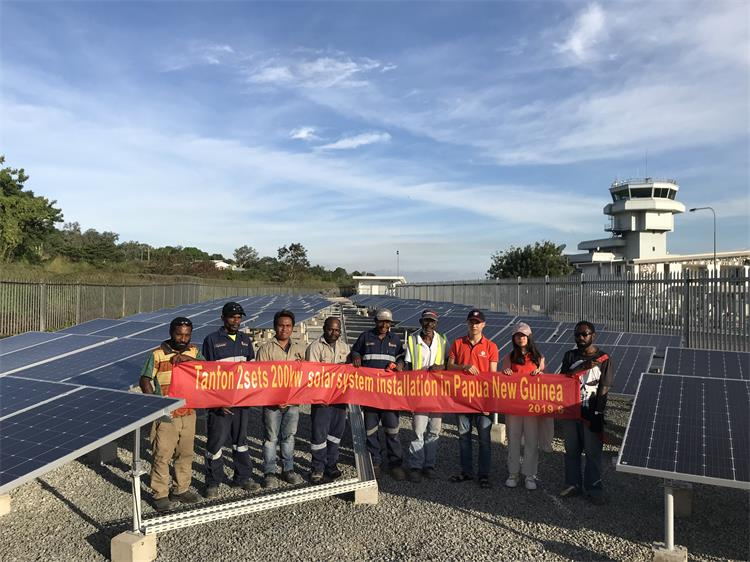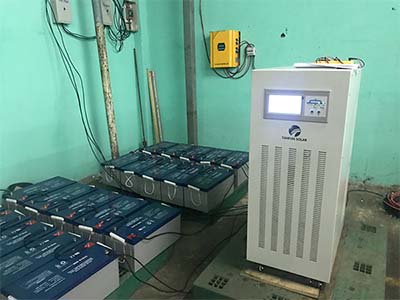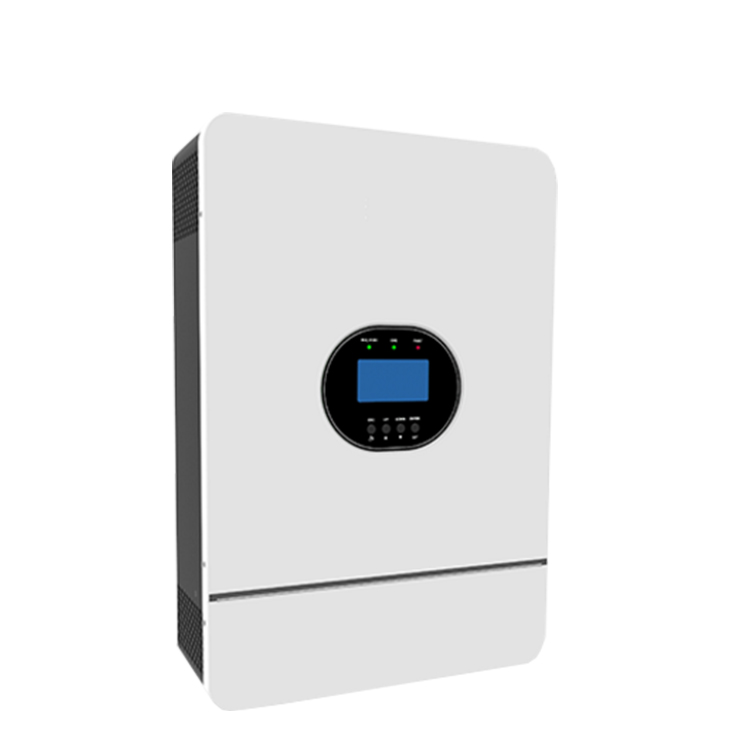 TANFON SOLAR
TANFON SOLAR
 December 05,2019
December 05,2019
In the solar power system, the function of the photovoltaic controller is to store the electricity generated by the photovoltaic modules in the battery after transformation. In addition, it also has the functions of protecting the battery and preventing the battery from overcharging. At present, the solar power charge controller mainly has two technical routes: pulse width debugging (PWM) mode and maximum power point tracking (MPPT) mode, each of which has its advantages and disadvantages and can be selected according to different scenes.
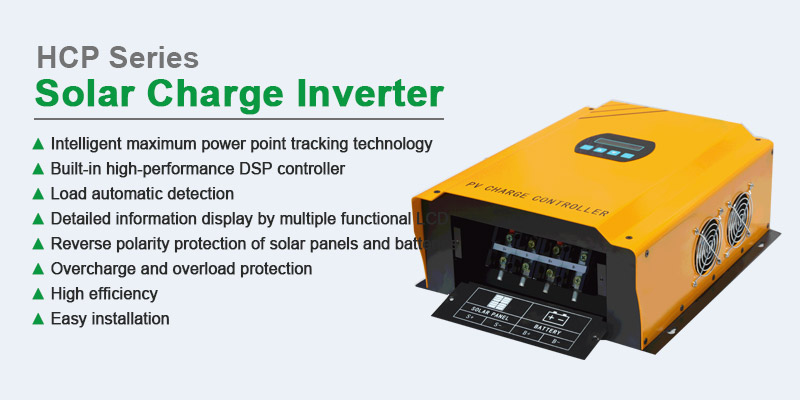
1. PWM solar power charge controller
Early photovoltaic controllers are PWM, this electrical structure is simple, the solar power charge controller by a power switch and capacitor and drive and protection circuit, through the switch tube PWM duty cycle, to control the output voltage.
PWM solar power charge controller, there is only one switch between the solar array and the panel. As the battery is gradually filled and the battery voltage increases, the PWM controller will gradually reduce the power supplied to the battery, while the photovoltaic output will be output at the maximum power.PWM controller, has the battery charge and discharge management function, can prevent the battery overcharge and overdischarge.
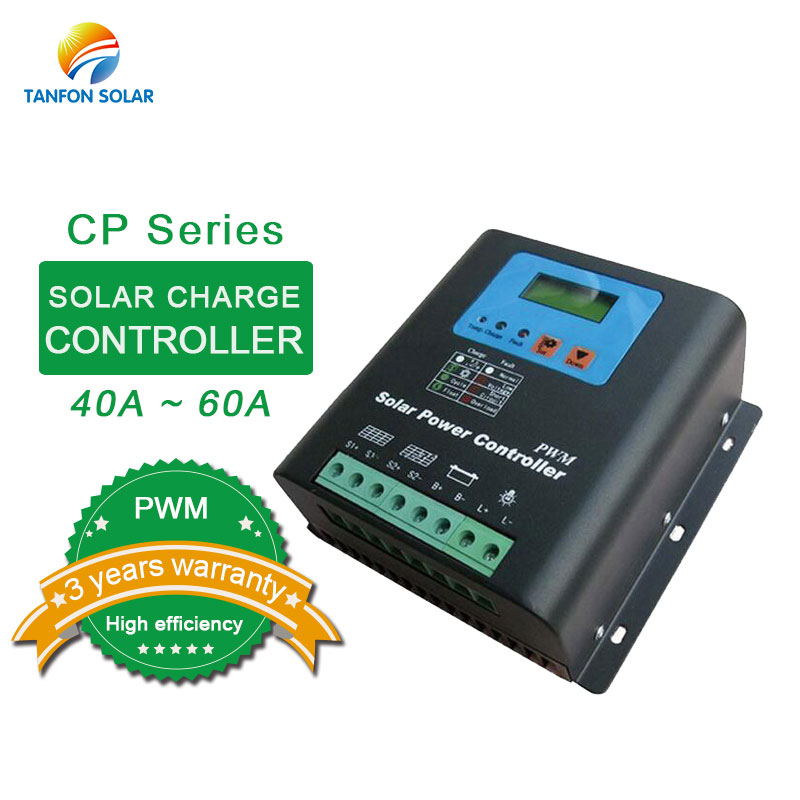
As only between type PWM controller solar module and battery are connected to a switch, no inductance equal pressure device, therefore, when the design components of voltage is about battery voltage of 1.2-2.0 times, such as 24 v battery, component input voltage between 30 to 50 v, a component, each string only 48 v battery, component input voltage between 60-80 - v, each string of only two pieces of components.
2. MPPT solar power charge controller
MPPT controller is the second generation of solar controller, compared with PWM controller, it has an additional inductor and power diode, so more powerful.
First, it has a maximum power tracking function, during the battery charging, solar modules can be output at maximum power, unless the battery reached saturation state;Second, wide voltage range of photovoltaic modules, one of the controller circuit, power switch tube and inductance components of voltage is the battery voltage between 1.2 3.5 times, if it is a 24 v battery, component input voltage between 30-80 - v, one or two pieces of components, each string can be if is 48 v battery, component input voltage between 60-110 - v, each string can be two or three components.
